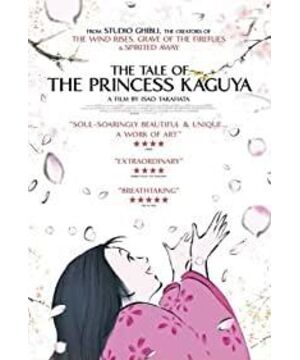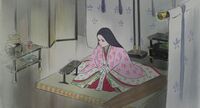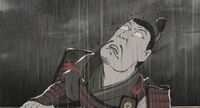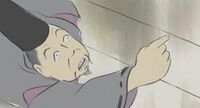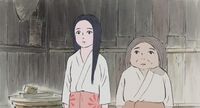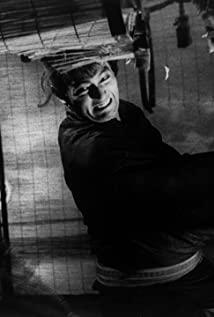The adaptation of "Kazumi no Monogatari" to Japan's earliest monogatari work "たけとりものがたり" is not only the rewriting of the story content, but also the inheritance and development of Japanese traditional literary aesthetics. The film is extremely harmonious and unified from the inner story content to the outer artistic expression. The film organically sorts out the content of the original story, and makes appropriate deletions according to the artistic performance of the film. It has made a full range of modeling and display of Kaguya Ji's character in terms of narrative structure and artistic performance—— -An image of an innocent girl who is filial to her parents, loves nature, loves life, respects life, and yearns for freedom and pure love emerges on the screen.
The movie "Kayaki Hime no Monogatari" downplays Kaguya Ji’s mythology and restores Kaguya Ji to a real person. Kaguya was born in nature and also grew up in nature. The film has adopted various Artistic means work together to build a real and sensible character image. Through Kaguya Ji’s eyes, the audience sees the beauty of nature that is gradually forgotten, reminding people that nature is the foundation of human life, and love between family and freedom is The emotions that humans should maintain most, imperfect things constitute a perfect life. The film has achieved the ultimate in terms of artistic creation and realistic enlightenment. Through the rewriting of traditional literary classics, it has realized the inheritance and development of Japanese traditional culture.
"The Story of かぐや姫の語" reveals more of an anti-secular temperament. Kaguya in the film also grew up in the mountains and forests, but was eventually forced to come to Kyoto, Japan, but she has always been worried about her growing up. Mountain forests, even in the last days, they have to wade thousands of mountains and return to the original mountain forests. The longing for mountain forests has the temperament of "retreat" in the bones of traditional Orientals. They bid farewell to the secular world and converted to Nanshan. This is also an Oriental. The pursuit of inner freedom for thousands of years.
"The Story of かぐや姫の物語" is a purely hand-drawn animation work. It breaks the traditional production method of separating the characters and the background in the traditional two-dimensional animation. This integrated production method is obvious in the final effect, especially in the part of Kaguya Ji's imagination of escaping from the world to the mountains and forests at her naming banquet. The wild freehand lines and color blocks make Kaguya Ji's heart The struggle and the yearning for freedom are vividly expressed. Compared with the strong and bright colors and exquisite content in the images of European animation works, the quaint temperament of oriental aesthetics will appear more calm. A lot of white space and simple lines can still be used. It makes people feel the fineness and dedication of the composition of the painting.
In the world's strong culture, "The Story of かぐや姫の物语" needs works like this to lead the development of national culture. History and national culture are constantly developing. Its beauty exists in all angles and periods. There are too many national elements waiting for people to explore and develop.


